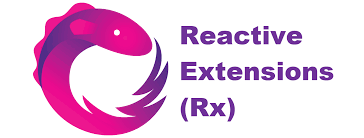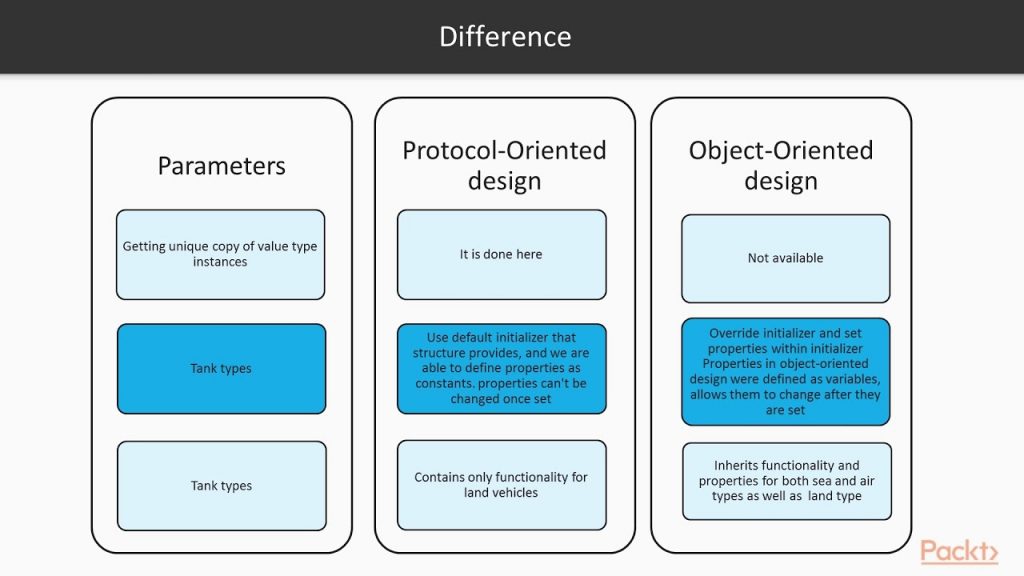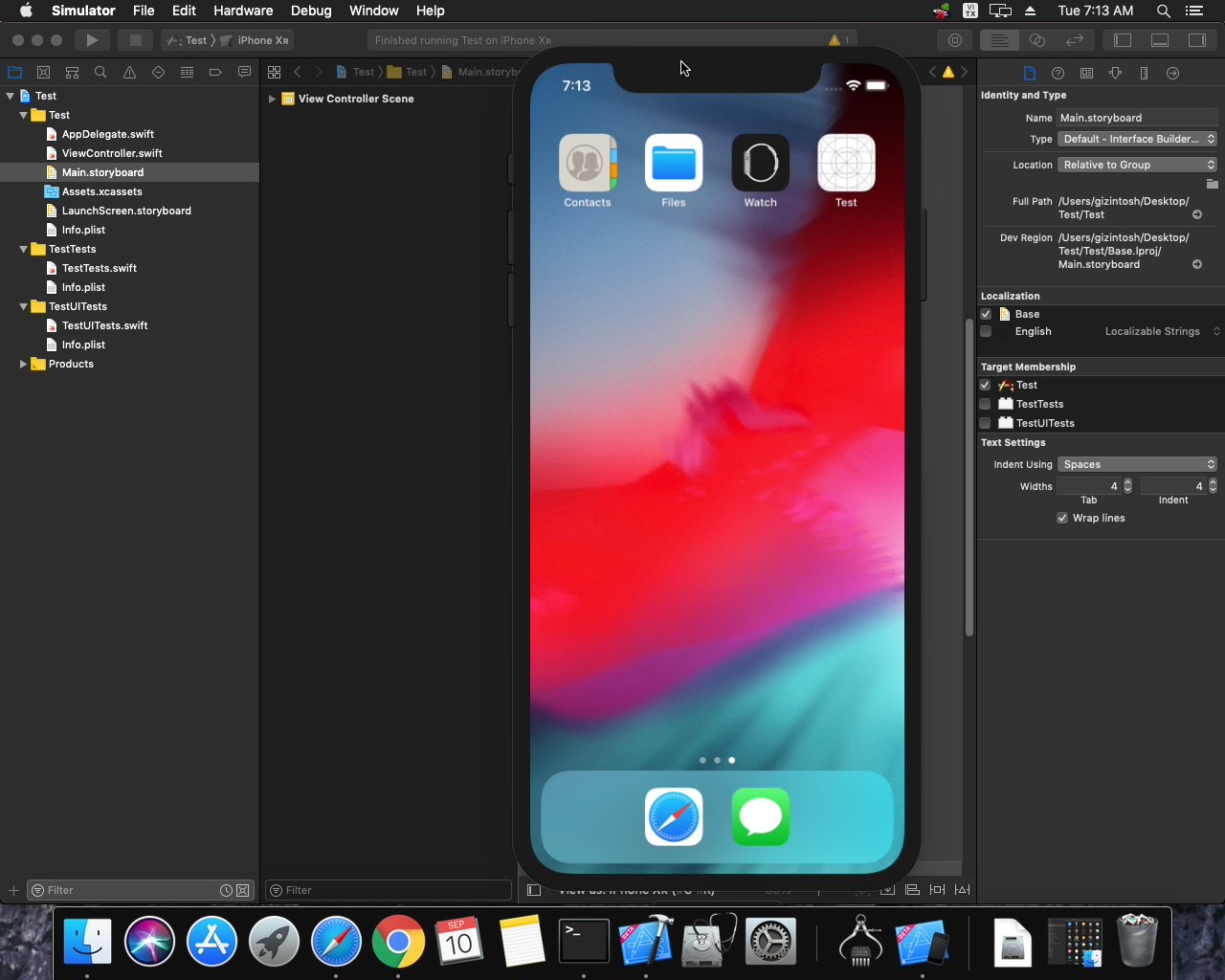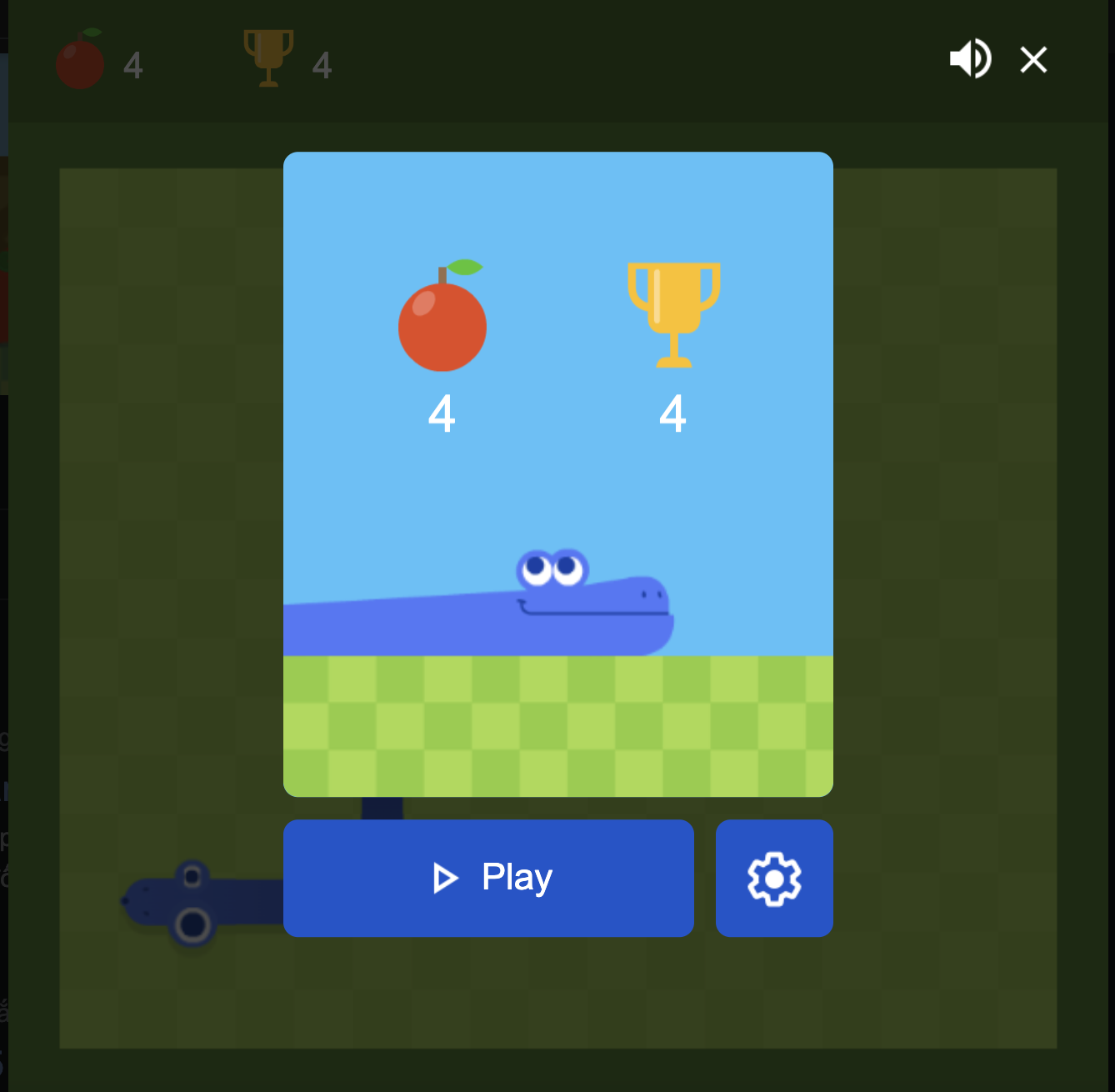Object-Oriented Design (OOD) is a software design paradigm that emphasizes the use of objects and classes to represent real-world entities and their behavior. OOD is based on the idea that software systems can be modeled as a collection of objects that interact with each other to achieve a common goal.
The following are some of the basic concepts of OOD:
Objects: An object is a self-contained entity that encapsulates both data and behavior. Objects represent real-world entities, such as a person, a car, or a bank account, and can be thought of as instances of classes.
Classes: A class is a blueprint or template for creating objects. Classes define the structure of objects, including the data they contain and the behavior they exhibit.
Abstraction: Abstraction is the process of hiding the implementation details of an object and exposing only the essential characteristics and behavior. Abstraction allows the designer to focus on the objects’ essential features and ignore the details of their implementation.
Encapsulation: Encapsulation is the practice of bundling the data and behavior of an object into a single unit, making it easier to manage and maintain. Encapsulation also protects the object’s internal state from outside interference and helps ensure that the object’s behavior is predictable.
Inheritance: Inheritance is a mechanism that allows one class to inherit the properties and behavior of another class. Inheritance is useful for creating new classes that are similar to existing classes, but with some modifications or additions.
Polymorphism: Polymorphism is the ability of an object to exhibit different behaviors based on the context in which it is used. Polymorphism allows objects to be treated interchangeably, regardless of their underlying class, making it easier to write generic code that works with many different types of objects.
Association: Association is a relationship between two classes where one class uses the behavior or data of another class. Association can be thought of as a form of coupling between classes, with the degree of coupling depending on the strength of the association.
Aggregation: Aggregation is a special form of association that represents a whole-part relationship between classes. In aggregation, one class is considered a part of another class, and the relationship between the two classes is expressed as a “has-a” relationship.
Composition: Composition is a stronger form of aggregation that represents a stronger whole-part relationship between classes. In composition, one class is considered a part of another class, and the relationship between the two classes is expressed as a “is-a” relationship.
Responsibility: Responsibility is the principle that objects should be designed to perform only the tasks that are directly related to their purpose. Objects should not be required to perform tasks that are outside of their area of responsibility, as this can lead to complex and difficult-to-maintain code.
In conclusion, OOD is a powerful software design paradigm that provides a way to model and design software systems as a collection of interacting objects. The basic concepts of OOD, such as objects, classes, abstraction, encapsulation, inheritance, polymorphism, association, aggregation, composition, and responsibility, provide a framework for designing software systems that are easy to understand, maintain, and extend. By using OOD, software developers can create high-quality, robust, and scalable software systems that meet the needs of their users.
Best practice and an example of Object-Oriented Design in Swift:
class Car {
var brand: String
var model: String
var year: Int
init(brand: String, model: String, year: Int) {
self.brand = brand
self.model = model
self.year = year
}
func startEngine() {
print("Vroom!")
}
}
class SportsCar: Car {
var topSpeed: Int
init(brand: String, model: String, year: Int, topSpeed: Int) {
self.topSpeed = topSpeed
super.init(brand: brand, model: model, year: year)
}
override func startEngine() {
print("Revving engine!")
}
}
let sportsCar = SportsCar(brand: "Porsche", model: "911", year: 2022, topSpeed: 200)
sportsCar.startEngine() // Prints "Revving engine!"
In this example, we have defined a Car class that represents a car. The Car class has properties for the brand, model, and year of the car, as well as a method for starting the engine.
We then define a SportsCar class that inherits from the Car class. The SportsCar class adds a new property for the top speed of the car and overrides the startEngine method to provide a custom implementation.
Finally, we create an instance of the SportsCar class and call its startEngine method. The output of the program is “Revving engine!”, demonstrating that the custom implementation of the method in the SportsCar class has been used.
This example demonstrates the key concepts of OOD, including inheritance and polymorphism. The SportsCar class inherits the properties and methods of the Car class and can be used in the same way as a Car instance, but with its own custom behavior.
More knowledge keyword on Object-Oriented Design
Procedural programming
Protocol-Oriented Programming (POP)




 Khoá học lập trình game con rắn cho trẻ em
Khoá học lập trình game con rắn cho trẻ em 


